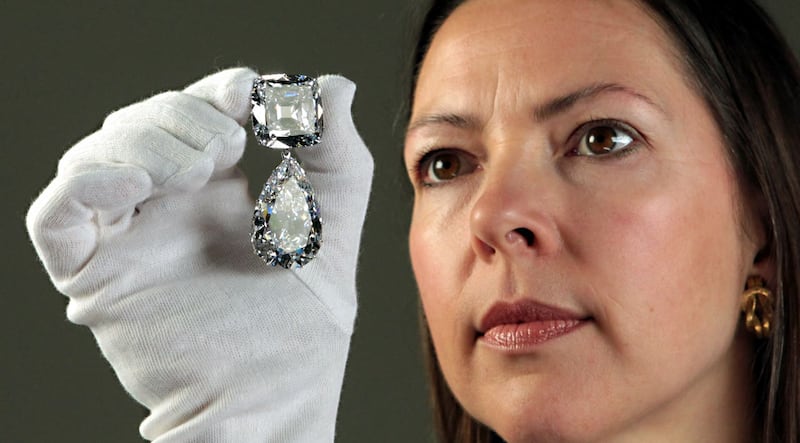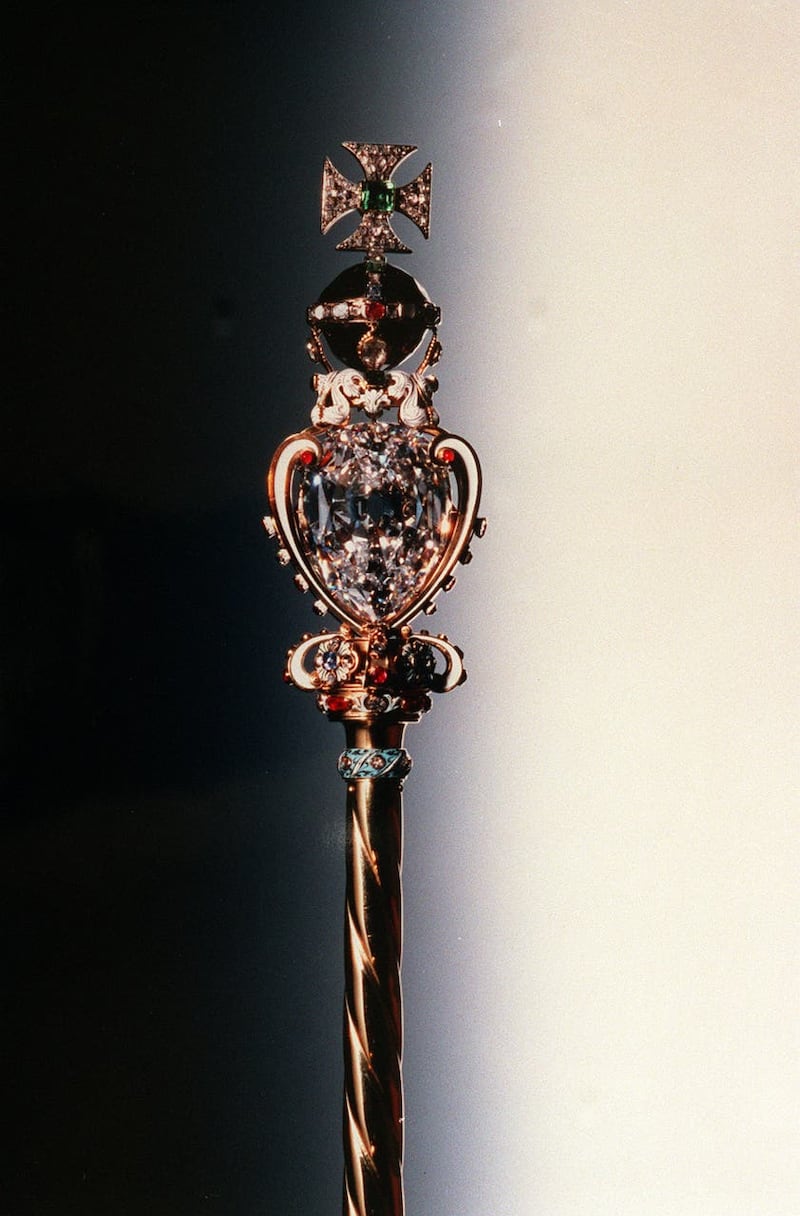A diamond that features prominently in the British Crown Jewels may have originated from very far below the Earth’s surface – several times deeper than the region where most diamonds are formed, scientists believe.
Researchers from the Gemological Institute of America (GIA) in New York City say the Cullinan diamond incorporated into the famous collection of royal regalia may be a “super deep” gemstone.
Mined in South Africa, the Cullinan is the largest diamond ever found. It was given to King Edward VII in 1907 by the government of the Transvaal – a symbolic gesture intended to heal the rift between Britain and South Africa following the Boer War.
The royal family refer to some of the other pieces cut from the original diamond – the Cullinan III, a pear-shaped 94.4-carat drop, and Cullinan IV, a cushion-shaped 63.6-carat diamond mounted together as a brooch, as “Granny’s chips”.
Parts of it were later set in the Crown Jewels, in the Sovereign’s Sceptre and the Imperial State Crown.
Diamonds are formed under high pressure conditions in the Earth’s mantle, the middle layer between the planet’s crust and the core.

Most diamonds form at depths of 150km to 200km below the surface of the Earth, in the base of the continental tectonic plates.
But some rarer diamond come from deeper in the mantle, beneath the rigid and stable continental plates, down where the mantle is slowly moving, which scientists call super-deep diamonds.
Another diamond thought to be super-deep is the Smithsonian’s famous Hope diamond.
The scientists examined a large 124 carat diamond from the Letseng mine in Lesotho alongside a blue diamond from a mine in South Africa.
The Lesotho stone is believed to come from the same class of diamond as the Cullinan while the South Africa gem bears similar characteristics to the Hope diamond.
The researchers speculate the depth of origin of these diamonds might span 360km to 750km below the Earth’s surface.
Dr Evan Smith, of GIA, who conducted the research, said: “We examined the first large gem diamonds confirmed to originate from Earth’s lower mantle, which is several times deeper than most other diamonds.
“The results support earlier predictions based on smaller gems, suggesting that diamonds with properties similar to those studied, including both the Cullinan and Hope diamonds, are super-deep diamonds.”

The team also detected the chemical remains of the mineral bridgmanite, which does not exist in the Earth’s surface, in the diamonds they examined.
Dr Smith said: “Finding these remnants of the elusive mineral bridgmanite is significant.
“It’s very common in the deep Earth, at the extreme pressure conditions of the lower mantle, below a depth of 660km, even deeper than most super deep diamonds.
“Bridgmanite doesn’t exist in the upper mantle, or at the surface.
“What we actually see in the diamonds when they reach surface is not bridgmanite, but the minerals left when it breaks down as the pressure decreases.
“Finding these minerals trapped in a diamond means that the diamond itself must have crystallised at a depth where bridgmanite exists, very deep within the Earth.”
The findings were presented at the virtual 2020 Goldschmidt geochemistry conference and have not yet been peer-reviewed.








